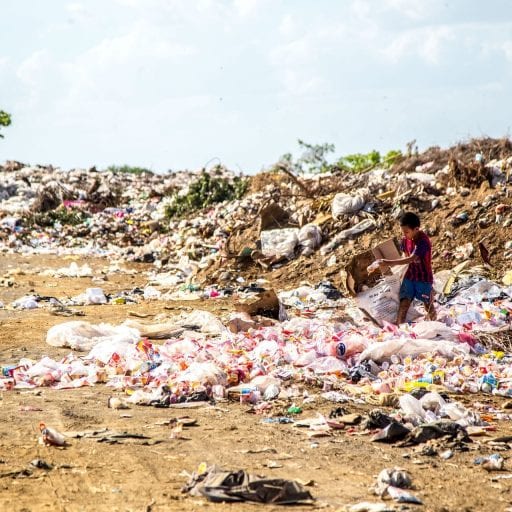Elijah Thomas, Andrew Fauerbach, Amber Lindberg, Thomas King
Professor San Martin
ENV2400
06 December 2018
Group Report 3
The author of this article is Luke Cole, a leader in the environmental justice movement during his lifetime, which had argued that many lower class communities have become places where people dispose of their waste. He was also the director of the Center on Race, Poverty and the Environment, a nonprofit organization based in San Francisco that he had co-founded in 1989.
This publication was written in the form of a chapter of the book From the Ground Up and it is primarily focused on supporting the point that minority communities are becoming the dumping grounds for hazardous wastes as time progresses. It had also addressed the situation this toxic waste trade was causing for Native Americans.
Being a very small town, it was proposed that recycling plant be built in Dilkon, Arizona to provide more jobs for local indigenous Native American people. The author states that “because of their historical, spiritual, and legal ties to the land, Native Americans do not have the same mobility that others facing environmental hazards might have” (Cole and Foster, 137). The idea of the plant being built in on Native American land is that the company was looking for a place to build with less environmental regulation and enforcement. The authors note that “state law does not apply to Indian lands… [and while] Federal environmental laws do apply to Indian lands… the U.S. Environmental Protection Agency has almost no enforcement presence on reservations.” (Cole and Foster,138). With the lack of enforcement, Indian land became the ideal spot to build a toxic waste dump. Native American environmentalist Tom Goldtooth, writes “that toxic dumping on Indian land is not an option for discussion, that it was not respectful of our spiritual beliefs as Native people” (Cole and Foster, 146).
Environmental racism is clearly backed up in this argument. A Greenpeace staffer, “Angel made a presentation on the dangers of toxic dumps and pointed out how other Tribes throughout the West were being similarly targeted for unwanted waste facilities. Tribal Elders asked the company, “If it is so safe, if it is such a good idea, if it makes so much money, why aren’t the white people grabbing at it in L.A. and San Francisco?”(Cole and Foster, 136). You never see whites hosting toxic waste dumping sites, because in fact, it is not safe at all, and poses dangers to human health in the area and the chemicals will likely destroy that region’s environment. Therefore the white communities try to relocate all of the toxic waste sites into communities of color, and even give them incentives to take the waste. It even further proves the severity of environmental racism. For unsupported claims, our group decided that there weren’t any for this specific case. We would summarize this argument as people trying to take advantage of natives and their reservations, which is a recurring theme throughout the years. This is not the only case and will not be the last of companies and people trying to use the people and their reservation, and in this case there is clear evidence of this happening.
This work can be compared to Bullard’s where he talks about environmental racism. Bullard claims that “racism influences the likelihood of exposure to environmental and health risks as well as of less access to health care…lead affects between 3 and 4 million children in the United States – most of whom are African Americans and Latinos who live in urban areas” (Bullard 98-99). In this chapter by Cole And Foster, a group called Waste-Tech wanted to open up a waste dump in a Navajo community, and made it sound as appealing as possible to them. Like the former article, this is extremely environmentally racist and sheds light on this topic.
When reading these excerpt, our group discussed in length the implications of building these waste “recycling” facilities on native lands. Objectively, these sites would cause nothing but trouble for the Native Americans living on these lands, and create new health hazards and environmental issues. We wonder in what ways evil corporate companies have tried to invade their land and have succeeded. What companies have tried the same tactics of lying to these people in order to take advantage of their land?
Cole, Luke W., and Sheila R. Foster. From the Ground Up : Environmental Racism and the Rise of the Environmental Justice Movement, New York University Press, 2000. ProQuest Ebook Central, http://ebookcentral.proquest.com/lib/wpi/detail.action?docID=2081629.
